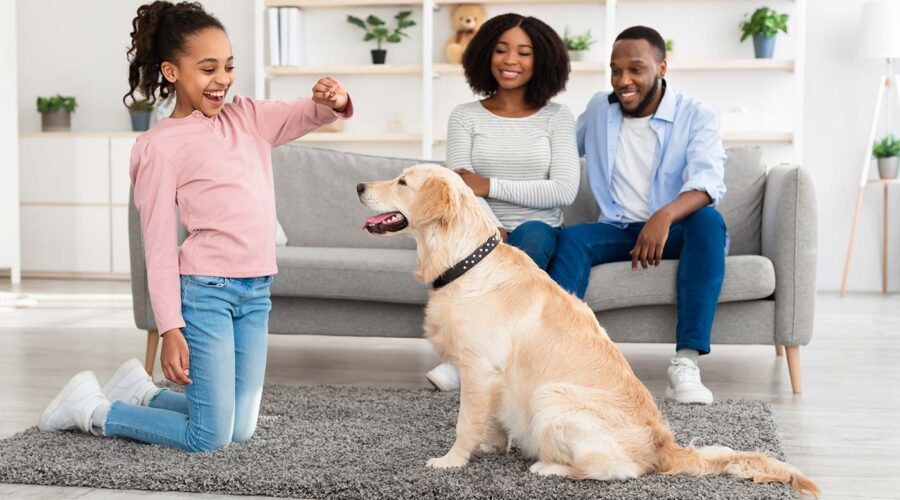Owning a pet is a joyful experience, but the financial responsibilities can often go beyond what most people expect. While food, toys, and basic veterinary care are commonly budgeted for, hidden expenses can catch owners by surprise. This guide explores the hidden costs of pet ownership and offers practical tips to help you plan effectively, ensuring both your financial stability and your pet’s well-being.
Veterinary Emergencies and Chronic Illnesses
Emergency Medical Care
Emergency veterinary visits can be costly, often reaching into thousands of dollars. Whether it’s due to an injury, poisoning, or sudden illness, these unforeseen events can create significant financial strain. Advanced procedures like surgery or intensive care can escalate costs further.
Long-Term Health Management
Chronic conditions like diabetes, arthritis, or kidney disease often require lifelong medication and frequent checkups. For instance, managing a diabetic pet might involve insulin, glucose monitoring, and specialized diets, costing hundreds of dollars annually.
How to Plan:
- Invest in pet insurance to cover unexpected medical expenses.
- Set up an emergency fund specifically for your pet’s health needs.
- Research affordable veterinary clinics in your area.
Specialized Diets and Nutritional Requirements
Allergies and Food Sensitivities
Pets with allergies or food sensitivities may need hypoallergenic or prescription diets, which are often more expensive than standard food options. Transitioning to the right diet may also involve trial and error, increasing costs.
Nutritional Supplements
Supplements like probiotics, joint health aids, or vitamins can significantly enhance your pet’s health. However, they can add to monthly expenses, especially if your pet requires them regularly.
How to Plan:
- Consult your veterinarian to determine the most cost-effective yet nutritious options.
- Purchase food and supplements in bulk or through subscription services.
- Avoid over-supplementing by sticking to products recommended by professionals.
Grooming and Hygiene Expenses
Professional Grooming Costs
Certain breeds require regular professional grooming, which may include bathing, haircuts, nail trimming, and ear cleaning. These sessions can cost $50 or more each visit, depending on the breed and service.
H3: At-Home Grooming Investments
For those opting to groom at home, supplies like clippers, high-quality brushes, and specialty shampoos are necessary. While these tools are a one-time purchase, they often come at a premium price.
How to Plan:
- Learn basic grooming techniques to minimize professional costs.
- Invest in durable and reliable grooming tools to save in the long term.
- Set a regular grooming schedule to prevent excessive buildup of hygiene needs.
- Call to Action:
Looking for advice on managing pet-related expenses? Contact us today for expert guidance on budgeting for your furry friend. Let’s ensure your pet gets the care they deserve while keeping your finances on track!
Training and Behavioral Support
Obedience and Socialization Training
Training classes, whether for basic obedience or advanced skills, can cost anywhere from $50 to $200 per session. Puppies and certain breeds with higher energy levels often need more extensive training.
H3: Behavioral Interventions
Pets with anxiety, aggression, or other behavioral challenges may require sessions with a behaviorist. These specialized services are essential but can come with a higher price tag than standard training.
How to Plan:
- Begin training your pet early to reduce the need for extensive intervention later.
- Use online resources or training apps for cost-effective learning.
- Explore group classes instead of private sessions to save money.
Household Damage and Repairs
Replacing Damaged Items
Chewing on furniture, tearing up carpets, or knocking over decor are common occurrences, especially with young pets. Replacing or repairing these items can become an ongoing expense.
Cleaning Supplies and Services
Frequent accidents may require specialized cleaning products or professional cleaning services. Stubborn stains or odors, if left untreated, may even lead to larger issues like carpet replacement.
How to Plan:
- Invest in protective coverings for furniture and rugs.
- Provide durable chew toys to redirect destructive behaviors.
- Train pets early to minimize costly damage.
Travel and Boarding Costs
Boarding and Sitting Services
Pet owners who travel frequently may need boarding facilities or pet sitters. Costs for boarding can range from $20 to $50 per day, with in-home sitting often costing more.
Travel Gear and Fees
Traveling with pets often requires carriers, leashes, and airline fees. For international travel, additional vaccinations and paperwork might also add to the expense.
How to Plan:
- Research affordable boarding options and pet-friendly hotels.
- Budget for pet travel expenses when planning trips.
- Consider relying on friends or family for pet care during shorter trips.
Hidden Costs of Time and Effort
Time-Intensive Tasks
Owning a pet often involves tasks that demand significant time, such as exercising, feeding, and grooming. While not a direct financial cost, the time investment can affect work-life balance and other commitments.
Emotional Strain During Emergencies
Pet health emergencies can be emotionally draining, sometimes requiring time off work or additional caregiving arrangements, which may lead to lost income.
How to Plan:
- Establish a routine to balance pet care with other responsibilities.
- Network with other pet owners for support or shared responsibilities.
Conclusion
Prepare for the Unexpected Costs of Pet Ownership
Owning a pet is a deeply rewarding experience, but it comes with responsibilities that often go beyond what is immediately visible. From emergency veterinary bills to travel costs and home repairs, hidden expenses can add up quickly. By being informed and proactive, you can provide the best care for your pet without compromising your financial stability.

